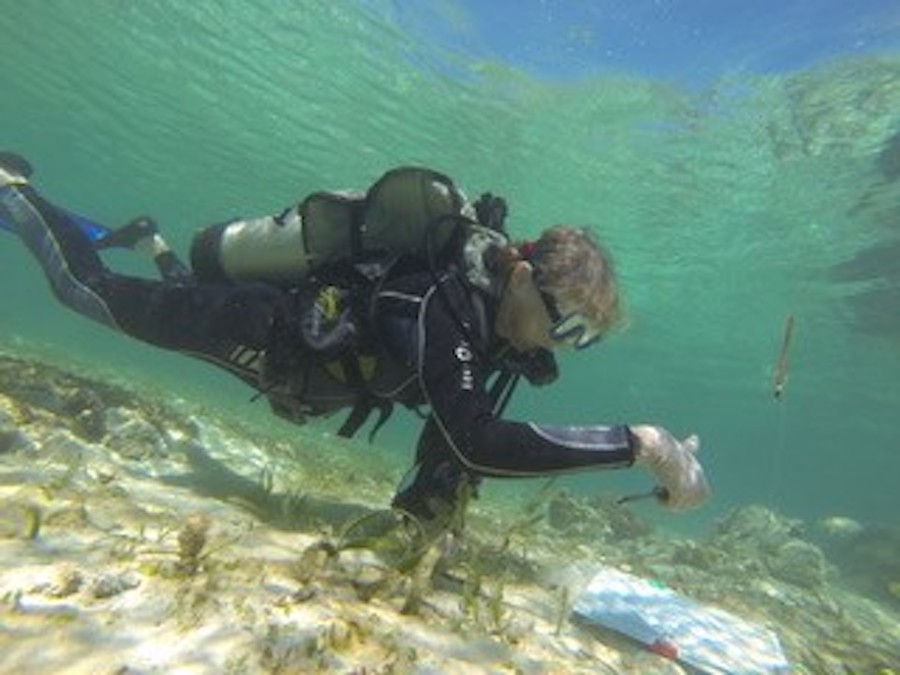
More diverse transplants can help marine restoration projects succeed
An experiment performed by UC Davis and Hasanuddin University scientists in the Indonesian Coral Triangle demonstrated one method of improving restoration outcomes. The results, published in the journal PNAS in November 2017, indicate that multiple seagrass species grown together are more successful and survive longer.
The Coral Triangle is a large area of the Pacific Ocean, famous for being one of the most diverse ecosystems of seagrasses, corals, and mangroves in the world. Marine plants create areas where fish, mammals, and birds can live and breed, in turn creating industries for human nourishment and trade. The efforts of conservation and restoration of the crucial natural environments in the Coral Triangle is important for millions of people who live on the thousands of islands in the area.
“Indonesia is the best place to look at this question because they have so many different species, whether you’re talking about fishes, seagrasses, or coral,” said Susan Williams, a distinguished professor in the Department of Evolution and Ecology at UC Davis and the former director of the Bodega Bay Marine Laboratory.
The project involved planting nearly a hundred plots of seagrass in groups of one, two, four or five distinct species. The number of surviving plants and the total area covered by the grass meadows was measured periodically for more than a year.
“The main result was planting more diverse assemblages of seagrass species helped plants get established and grow in our restoration study,” said Jessica Abbott, who served as a Ph.D. student in population biology at UC Davis during the project and currently works as a research ecologist at the Institute for Wildlife Studies.
In the Coral Triangle, many species of seagrasses naturally coexist together in the clear, shallow waters. The different types of plants serve unique roles as safe havens for fish, food sources, and nutrient transformers.
“We developed a method to restore more than one species of seagrasses,” said Rohani Ambo-Rappe, a professor in the marine sciences department at Hasanuddin University in Indonesia. “This is an important finding due to the nature of the tropical seagrass near Indonesia, which are mostly multispecies [ecosystems].”
The scientists reviewed some of the common practices in current marine restoration projects. The historical trend has been to plant only what is considered the single most important species, without considering the broader ecosystem in which that species thrives.
“We looked at restoration in general and if anybody was considering biodiversity — whether species diversity or biological diversity,” Williams said. “We found there was a big gap between the base of knowledge and what people are practicing.”
An important threat to any restoration project is human interaction. Debris from human settlements, activity from boats, and algal blooms from pollution were all present in the research plots used during the experiment.
“I think that we definitely learned that human disturbance was something that needs to be addressed in this area,” said Christina Sur, who was a master’s student in ecology at UC Davis during the project and currently works as a Sea Grant Knauss fellow. “We also saw that some of the seagrass plots persisted, despite the disturbances.”
When attempting to restore natural areas from a degraded state, the tendency has been to plant many specimens of the same species of interest. The outcome from this partnership between UC Davis and Hasanuddin University suggests planting multiple species together could have better results in restoring certain degraded marine environments.
Written by: George Ugartemendia — science@theaggie.org




